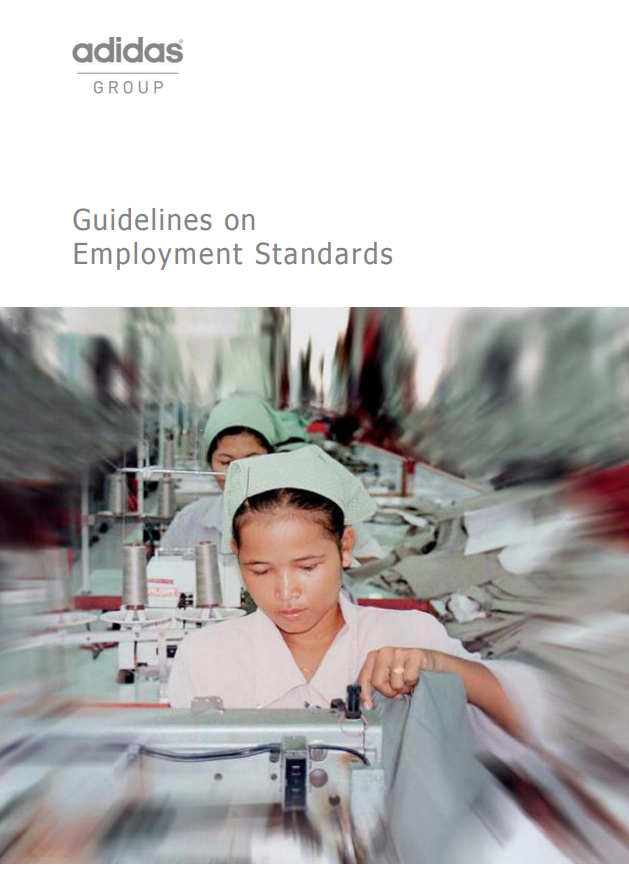Evidence from Japanese companies assessment on human rights due diligence
GuidanceThe Human Rights Council unanimously endorsed the UN Guiding Principles on Business and Human Rights (UNGPs) in 2011. More than 10 years later, this global standard for how business should respect human rights has driven some positive change. While ...Read More

